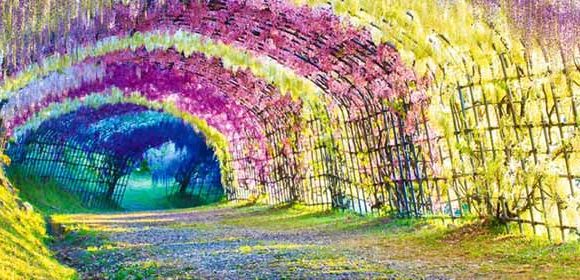A complex system of symbolic correspondences was once attached to four – or sometimes five – substances thought to be primary constituents of the universe. In Western tradition, largely influenced by Greed philosophy, these were the elements of water, air, fire and earth to which a fifth was sometimes added – ether, or the quintessential spirit.
Fire was the agent of transformation from one state to another. Because the elements were viewed as the basis of cosmic order and harmony, early medicine sought to balance the physical and temperamental characteristics assigned to each – phlegm, the brain and the phlegmatic temperament (water); blood, the heart and the sanguine temperament (air); yellow bile, the liver and the choleric temperament (fire); black bile, the spleen and the melancholic temperament (earth). Air and fire were seen as active and masculine, water and earth as passive and feminine. Increasingly, arbitrary correspondences, including colours, seasons and stages of life, were added in an attempt to create a coherent symbolic system, which began to collapse only with the arrival of scientific method.
In China, a corresponding system was based on the five Taoist elements of water, fire, wood, metal and earth, balanced by the duality of the active, masculine principles of yang (air and fire) and yin (water, metal and earth). The fivefold Indian symbolic system proposed as vayu (air), tejas (fire) and Prithivi (earth). In Western art, water is personified by an overturned pitcher or by sea and river gods; air by Juno sometimes seen flying despite attached anvils, or by a woman with a chameleon; fire by the phoenix, Vulcan, or a woman with a burning head and thunderbolt; earth by a woman with fertility symbols, or the turreted crown of Cybele.








